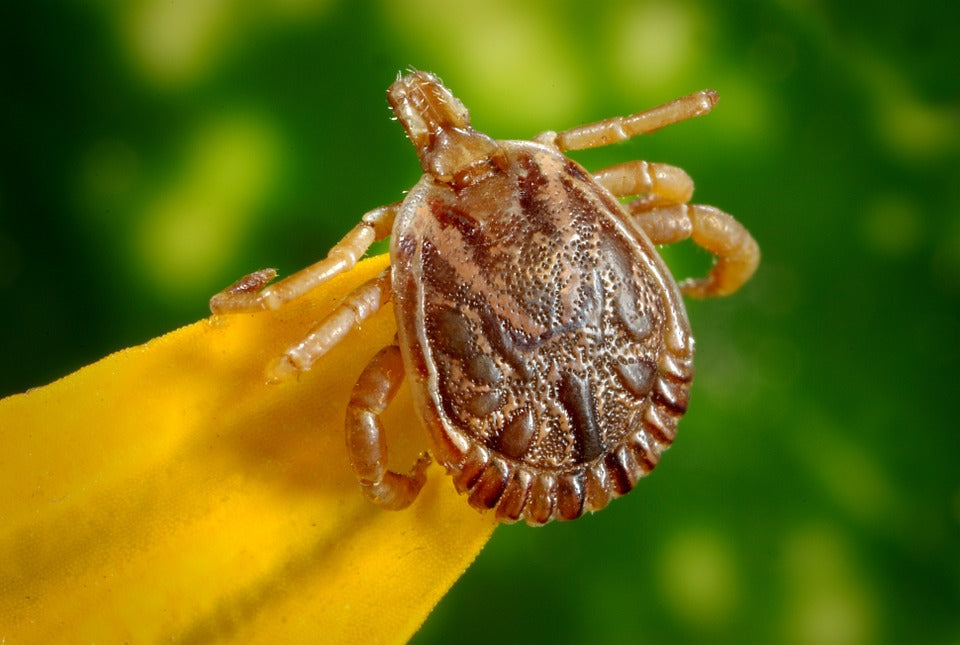Offer
Provide additional details about the offer you're running.
Provide additional details about the offer you're running.
Provide additional details about the offer you're running.

With the increase in deer populations over the past few years, we have also seen a corresponding increase in tick populations here in Eastern Ontario and the rest of North America. A little-known fact is that research has shown that ticks are now being mobilized with the help of birds, not only in rural forested areas but also in our suburban areas as well.
This quick article will teach you a little more about ticks, how to minimize your chances of coming in contact with a tick and treatment and proper removal of ticks if found on you or your pet after spending some time out in the field bird watching.
Ticks are relatively small insects, ranging from about 1mm-5mm in length and are closely related to spiders. These slow-moving insects cannot fly, rather coming in contact by positioning themselves in tall grass and dense bush. These insects are carriers of Lyme disease, but it is important to know that not all ticks are infected with Lyme disease, in fact only a very small percent of ticks actually carry the disease. These slow-moving insects typically take a number of hours to actually attach and feed on their prey, and their bites are relatively painless.
There are a number of relatively easy ways to minimize your chances of coming in contact with ticks; here is a quick checklist from Health Canada’s website:
Rule #1: There is no need to panic. Ticks are fairly easy to remove yourself, and simply being bitten by a tick does not mean you have Lyme disease. There are some important factors to and procedures to identify and follow for the safe removal and eventual testing of any tick found on you or your pet's body. Again, here are the recommendations from Health Canada’s website:
Basic symptoms of lime disease include fever, headache, muscle and joint pain, fatigue and skin rash. If you were in fact in contact with an infected tick, symptoms like the above would most like take 7-14 days to develop after the discovery of the tick. Infected tick bites have a unique and easily identifiable skin rash, which closely resembles a bull’s eye around the infected area. This is the case for most infected bites, but it is always a good idea to consult your physician if you were bitten in an area where Lyme disease is relatively common.
Anytime you find a tick, whether or not you think you may be infected with Lyme disease, it is always recommended to preserve the tick in a sealed container after removal from your body and be taken to your doctor or local health unit for testing. All testing is performed at the Public Health Ontario Laboratory.
Ticks are certainly something that should not deter us from getting out and enjoying nature, but we all must be prepared to take the proper precautions and follow reporting and testing procedures should one be found.
Additional Resources:
Lyme disease: Frequently Asked Questions
Health Canada, It’s Your Health: Lyme disease
Public Health Agency of Canada: Ticks and Lyme disease
http://www.health.gov.on.ca/en/public/publications/disease/lyme.aspx
High Quality Blend